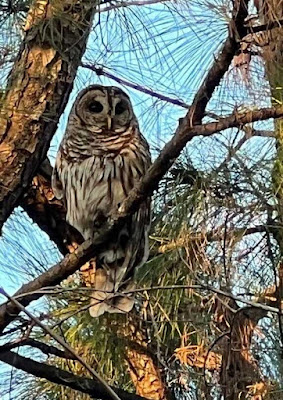We posted the winter hummingbird in our areas previously: - The Rainbow Before Evening : The Winter Hummingbird at Our Community – Science 26
Now, Spring is coming. We start to see another season of hummingbirds visits our nearby places.
Many neighbors start to put their feeders since last February. Then, we just saw the hummingbirds were coming to feed on feeders around in the middle of March this year.
Unfortunately, the photos (please see Images 1 and 2) are not clear enough to identify species of birds. Even my Google ID can’t recognize whether the object is bird or not.
Based on report from Baton Rouge Audubon Society (2023: Feeding Hummingbirds) that only one species of hummingbird in Gulf Coast area around February to March. As you might know, the Gulf Coast include our state, Louisiana.
The species of hummingbird is Ruby throats (Archilochus colubris). The bird come from Mrxico and Central America for breeding and nesting in our regions.
# Previous postings:
- The Rainbow Before Evening : Kumquat is a Little Orange in the Neighborhood – Food 34
- The Rainbow Before Evening : White Hominy Pearls Tossed with Coconut Shreds – Part 2 – Food 32
- The Rainbow Before Evening : Paintings Exhibition of Local Artists – Art 10
































